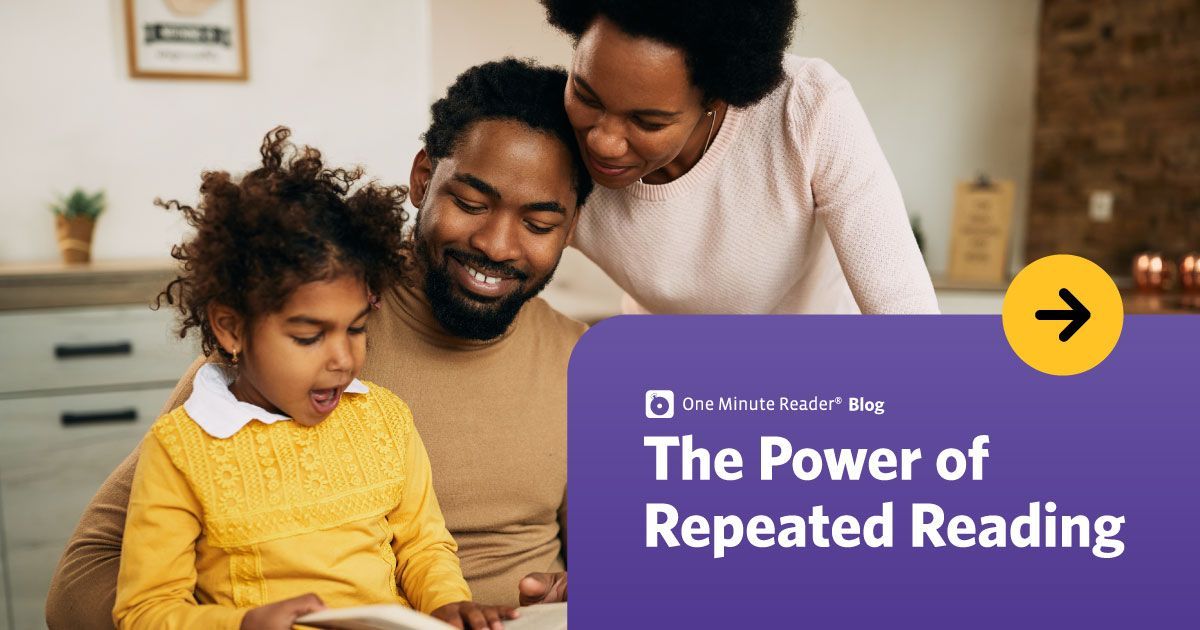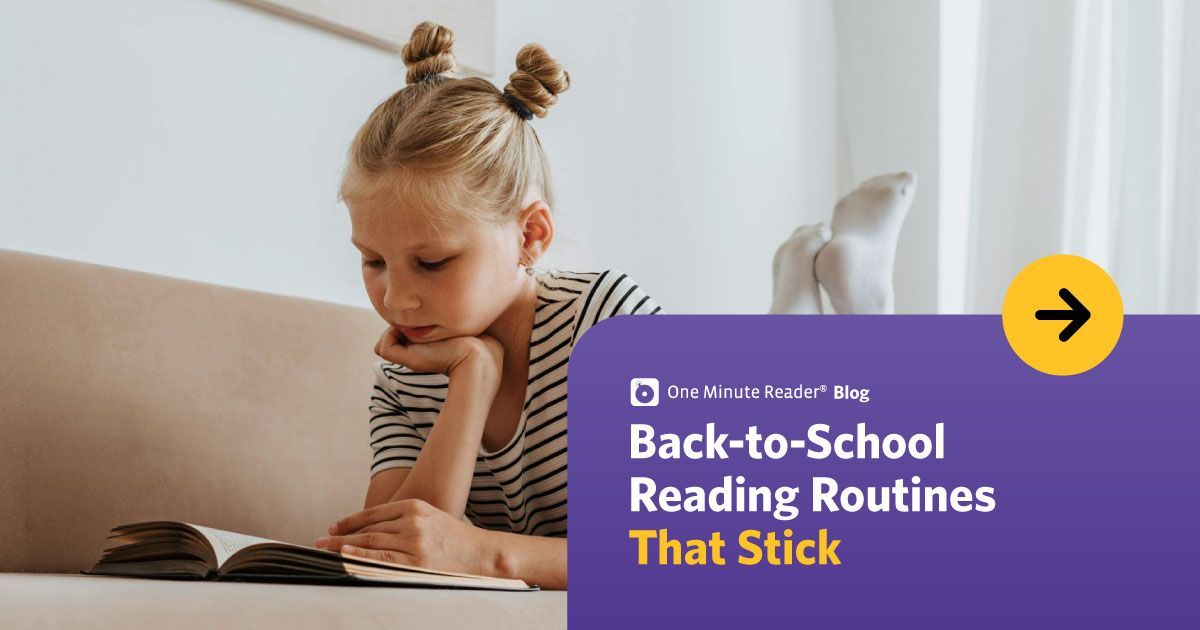Blog
Is There an Upside to Screen Time?
As a mother of four young children who are drawn to the iPad like moths to a flame, it’s a little hard for me to write a blog post about the upside of screen time. Mostly I see the iPad as a frequent source of conflict in my house. My kids want to play games or watch shows on it, and I want them to do things I’ve deemed more meaningful—read books, play outside, build with Legos, or, dare I even dream it, pick up their room. Indeed, plenty of research confirms the negative consequences of too much screen time, which is why so many parents find themselves fighting this battle with their children day after day.
So where is the upside? When kids use One Minute Reader on a computer or tablet, they have audio support for unknown words, plenty of content at a level that will challenge but not frustrate them, a motivating system for tracking progress, a game-like interface to keep them engaged, and more. This system makes reading enjoyable while offering kids the support they need to improve quickly. Furthermore, the “moth to the flame” phenomenon works in everyone’s favor. Students are so drawn to the program on the screen, they are more motivated than ever to work on fluency. If this is the end result, and a screen can help achieve it with increased efficiency, I’d call that an upside for sure.
If screens (in moderation!) are a part of your children’s lives, consider a well-developed, tried-and-true educational program like One Minute Reader. The whole program, with dozens of high-interest stories, is just a click away for $8/month. If your kids are game lovers, you might also want to check out the fun, vocabulary-boosting Splat-o-Nym app for the iPad.
As summer approaches, we hope your screen time battles are minimal and that One Minute Reader is a solution everyone can agree on.
Highlighted Posts
Ready to see an improvement in your child's reading?
Sign up today and get seven days for FREE.
One Minute Reader is just $8 per month after your free trial.


